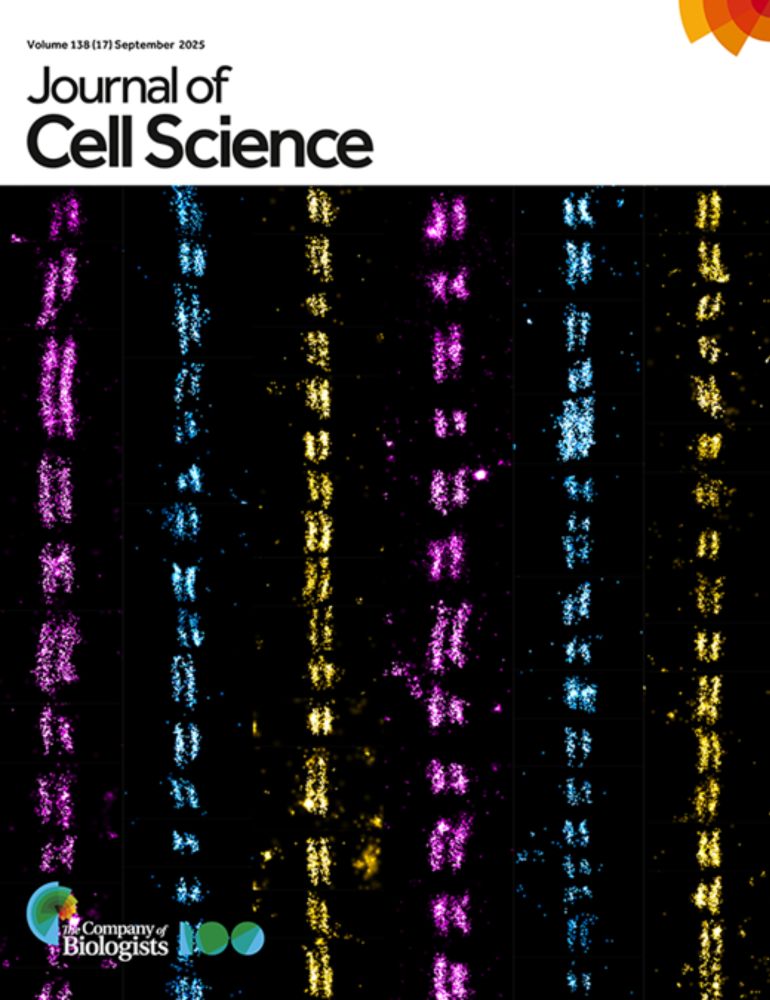Total Internal Reflection🇬🇧🇺🇸🇺🇦
@tirscienceblog.bsky.social
300 followers
460 following
290 posts
Blog about the human side of #science, by Brooke Morriswood (formerly Cam Biochem, CIMR,MRC-LMB,Yale, MFPL, UniWue, now #MedComms). Commentary, silliness, & how-to guides for improving young scientists’ soft skills.
https://totalinternalreflectionblog.com
Posts
Media
Videos
Starter Packs
Reposted by Total Internal Reflection🇬🇧🇺🇸🇺🇦
Reposted by Total Internal Reflection🇬🇧🇺🇸🇺🇦
Reposted by Total Internal Reflection🇬🇧🇺🇸🇺🇦
Reposted by Total Internal Reflection🇬🇧🇺🇸🇺🇦



















